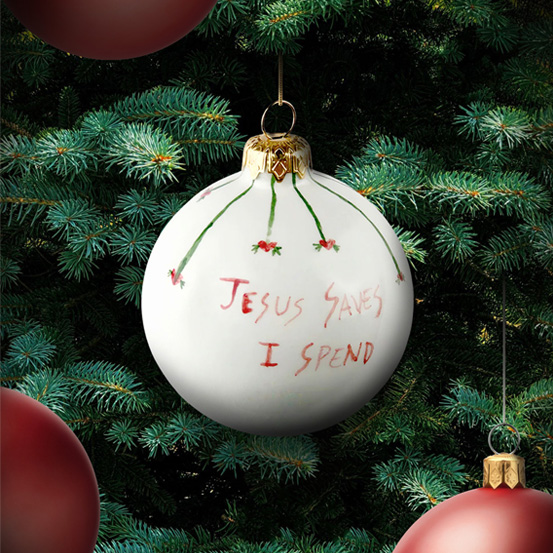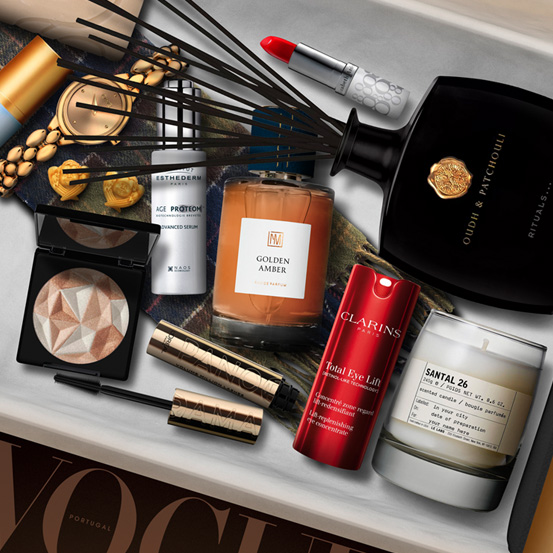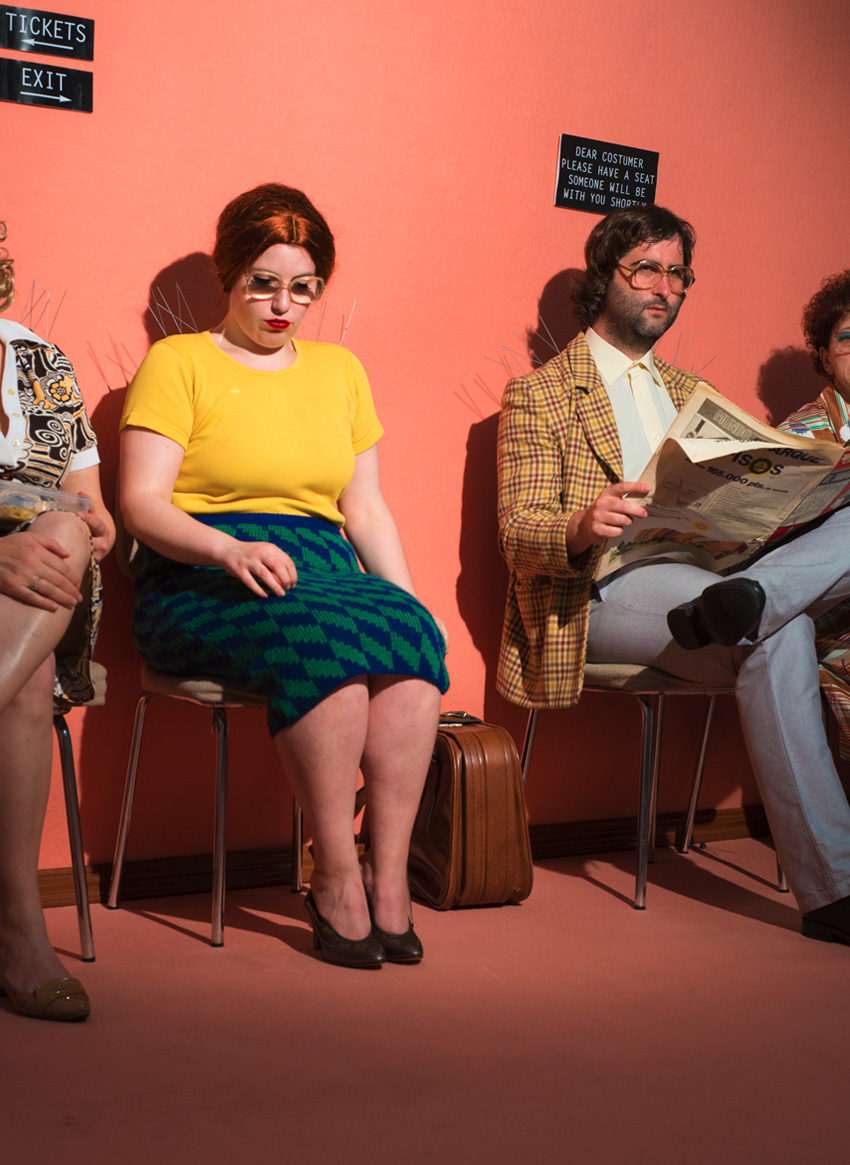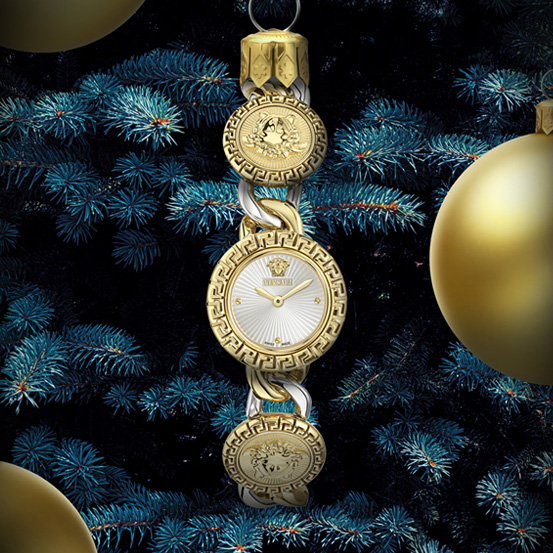The Kitsch Issue
With her Pest Control series, Tania Franco Klein has created a parallel universe in which the media promotes the idea that pigeons rule the world, which immediately causes panic in all citizens: fear sets in, and traps against these animals proliferate. In fridges, on televisions, there is no object that escapes this obsession. Is this dystopia really so surreal?
At first glance, it's impossible not to find similarities with the work of William Eggleston, one of the biggest names in so-called "street photography." With a little research, you realize that Tania Franco Klein (1990), a Mexican artist who works with photography, GIFs and installations, has even won a competition organized by the Aperture Foundation in honor of the iconic photographer. Is channelling his aesthetic a conscious thing? “There are plenty of photographers from different backgrounds that have inspired me. William Eggleston is one of them, I also bring in a lot of influence from photographers like Harry Gruyaert, Larry Sultan, Jimmy De Sana, Stephen Shore, Nan Goldin, Jo Ann Callis, etc. Klein was studying architecture in Mexico City when, along the way, she "stumbled" into photography. Consciously or not, what remained from those years can still be seen today in her large-scale, cinematic photographs, which are a kind of "examination" of modern anxieties and the tensions that come from living life online with a constant fixation on self-improvement, productivity, the effects of media over-stimulation and how we profile ourselves and others to fit our understanding of today's eclectic and fragmented realities. With an admittedly kitsch melancholy, embellished with the aesthetics of the 1960s, when things "seemed to be better than they are now", Klein manages to raise questions about modernity and everyday life with her images. Her work has appeared in some of the world's most prestigious media, such as The New York Times and TIME magazine, and is part of the permanent collections of MoMA in New York and the Getty Centre in Los Angeles.
How did you first get into photography? While receiving my bachelors in architecture in 2009, I had photography classes in the darkroom, where I fell in love with the medium and its endless possibilities. I was always interested in creating scenarios and narratives with my images, so I bought a pair of lights and started learning on my own. In 2014 I moved to London to receive my Masters in Photography at the University of the Arts. During my time there, I feel as if I began to develop my sense of authorship both visually and conceptually- a strong connection to my ideas and what I wanted to say with my work.
Was it easier to find your aesthetic? I have always been really interested in philosophy and sociology, not in a formal or academic way, but more as a way to comprehend my own place in the world. I am interested in both observing and understanding our society collectively, and how we react to the “system” that we are all a product of. I try to create projects that invite the viewer to self-reflect on contemporary life, both in a public and private manner.
In terms of thought process, how do you work? Do you have a mood board, or a narrative, in your mind before shooting or do ideas come flooding as you start a new project? For my projects I try to draw inspiration from different backgrounds. I have a very strong academic influence by thinkers like Byung-Chul Han and Marc Auge, which gives me a strong structure to think my projects in universal ways and to dig dipper into topics that I am very interested in portraying in my work. I also bring in a lot of influence from photographers like Harry Gruyaert, Larry Sultan, William Eggleston, Jimmy De Sana, Stephen Shore, Nan Goldin, Jo Ann Callis, etc. I also have a strong connection to multimedia—video artists whose work deeply inspired me, like Tony Oursler, Bill Viola, and Pipilotti Rist. I think a very important element of my work is the performative side of it. Even though my "type" of work is considered staged photography, the element of surprise has become my most important ingredient. I try as much as possible to avoid my work feeling contrived. That happens a lot with staged work, and sometimes you feel as if you can even see a pre-production drawing turning into a photograph, which, for me, breaks a lot of the magic. So, I try to find some truth inside my fiction. I am always trying to get there, sometimes I am more successful than others, but it is certainly an infinite search. My approach is based in playing, a lot. The making my images is a very ludic performance. I carry a lot of props and elements, then use one of them as a starting point and then improvise from there. Most of the time I don't have a clue what the final result will be once I start playing, and it is exciting. I get to discover the work in the moment.
What inspired you to create this series, Pest Control? I was living in London at the time and I noticed there were pigeon spikes everywhere. On top of telephone cabins, outside of window frames, on top of each letter of a Starbucks sign, etc. i found it to be a very quirky but interesting architectural gesture and at the same time a very invasive and violent gesture although is somehow became almost invisible for the eyes at the same time. At the same time there were several bomb threats all over Europe and I could feel a very strong tension in what Marc Auge calls the non-places in between crowds and strangers. Mostly this idea of the fear of “the other” and how this external threat and how is looks and what we should fear is strongly created by the media under very particular narratives. That took me to want to make a satirical example of this taken into an extreme. So I invented a parallel universe in which the media is promoting the idea that pigeons are taking over the world which activates an irrational line of thought for the citizens of the world and so people acting from a place of fear starts implementing this pigeon spikes everywhere, even in places that would perhaps be illogical to add them. It is a social commentary in how fear has been a tool for mass control through media and propaganda and how easily is to fall into this fears and start acting in irrational manners.
This series seems to have a distinctly kitsch side. Do you agree? Definitely there is a kitsch side to this series both in the eccentric way the concept was thought of and the way it is executed in terms of physical elements and a certain banal nostalgia. Although I feel the critical aspect of the series doesn’t fit into that category.
Like this series, part of your work seems to be ingrained in the early 60s. The other part, mainly the themes, are pretty much contemporary (isolation, consumption, the myth of eternal youth). How do you put these two eras together to create the images that you are looking for? I would say more than a 60s aesthetic, it is a universe where time is mixed through eclectic symbols of different periods starting from where late capitalism and media shaped societies started taking form into what they are today. Which is kind of how time in the internet era operates, not in a linear way necessarily, and it also evokes a certain sense of nostalgia for better times in past, but which maybe weren’t necessarily actually better. Most of my series are contained into the same universe in which the premise of the characters exposure of context is a world obsessed with productivity and the self-improvement and the burn out that generates in us and how we shape our identities and everyday life.
Translated from the original in The Kitsch Issue, published February 2024. Full stories and credits in the print version.
Most popular
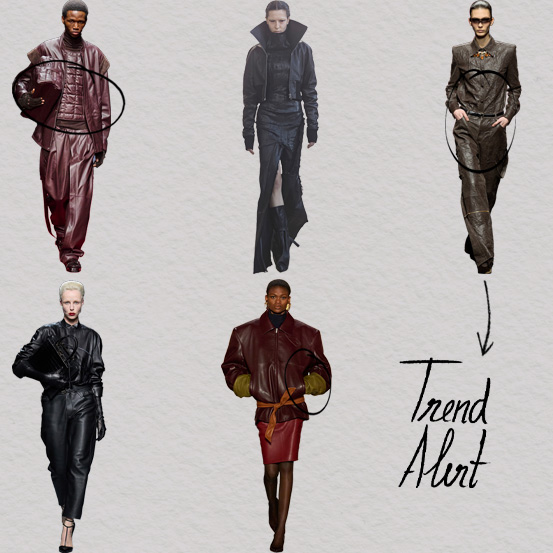

Relacionados
.jpg)

